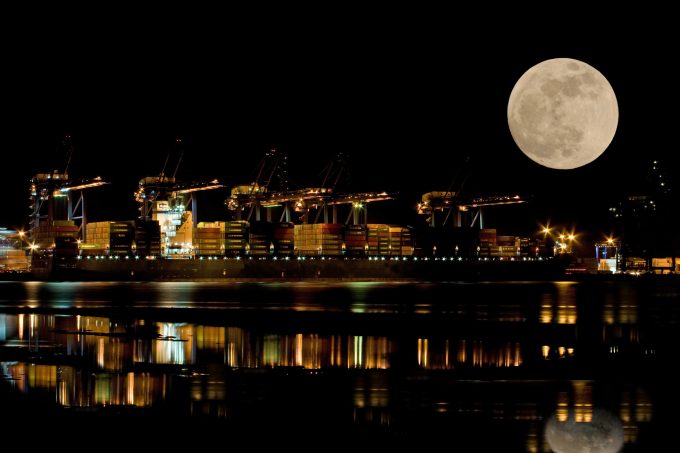'Another painful headache for shippers' as Asia-N Europe rate rally ends
It seems the recent container freight spot rate rally on the Asia-North Europe trade might ...

Container spot rates from Asia to Europe this week showed only a modest reaction to the emergency bunker surcharge (EBS) drive by ocean carriers.
However, on the transpacific tradelane, the container lines enjoyed greater success.
For north European ports this week, the Shanghai Containerized Freight Index (SCFI) recorded a rise ...

Comment on this article